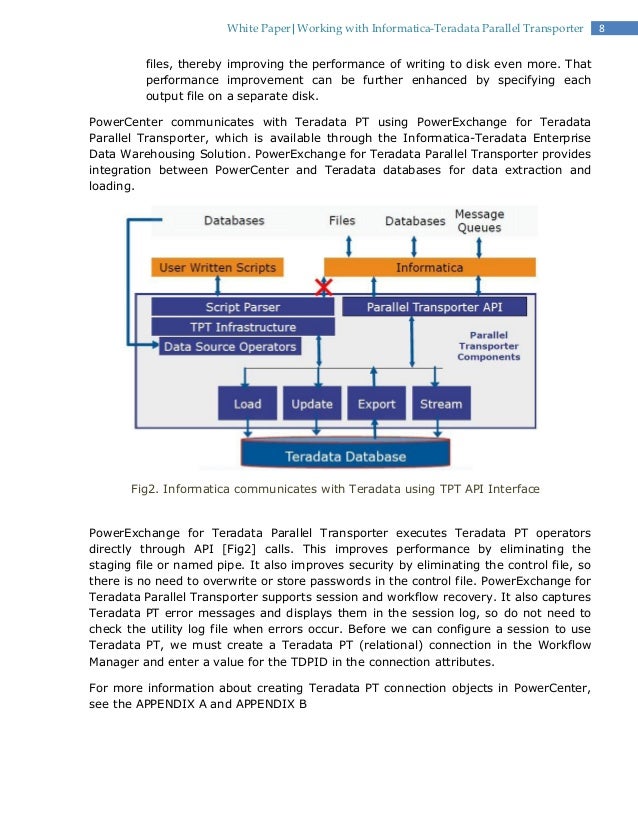

This information is, for example, the number of entry requests, the number of service desks, the time intervals in which requests arrive, the duration of handling one passenger, the time that is intended for handling, but also other information according to what we want to obtain from the simulation. When applying queueing theory, we will need information that will enter the simulation. The best example of the use of queueing theory in the aviation sector is the check-in process of passengers before boarding the plane. In these cases, queueing theory is used to optimize the flow of requests that enter the systems. In this paper, we use it to simulate the processes of handling aircrafts that are being prepared for flight, evaluating the efficiency of individual systems in aviation, and passenger handling before departure or after arrival. Therefore, it is advisable to first choose the most suitable number of desks and then work with other parameters that are adapted to the individual requirements for optimizing the handling process at airports.Īmong other sectors, queueing theory has a wide spectrum of use in air transport as well. As part of the evaluation of the efficiency of the passenger handling process, it was concluded that the critical point in the optimization of the handling process is dimensioning the optimal number of check-in desks, which had the greatest impact on the speed and possibility of processing all requests that entered the system. However, in these experiments, only the time spent at the check-in desk was taken into account the following security, passport, and other checks were not included. During modeling, five efficiency criteria were monitored, which were focused on the probability of passengers waiting and their time spent waiting for their handling at the check-in desk. The handling process at the airport in Košice for weekly flights to Warsaw and at the airport in Prague also for flights to Warsaw during one week in the summer of 2019 was analyzed in more detail. During this process, we chose to evaluate the criteria of the efficiency of service check-in desks in the passenger handling process at the international airport in Košice and Prague. It applies the measured data from the airport to the created simulation model, analyzes the knowledge gained from the simulations, and then proposes improvements or elimination of problems that may arise during the process in order to dimension the most favorable number of parallel service desks. This article aims to point out the possibilities of modeling queueing systems in air transport using a simulation model. Using this theory, it is possible to simulate in advance various scenarios that may arise during aircraft handling, handling of passengers and their luggage, cargo, or in production lines. Queueing theory is currently a widely used method for optimizing activities not only in air transport but also in other sectors, in both production and the use of personnel.


 0 kommentar(er)
0 kommentar(er)
